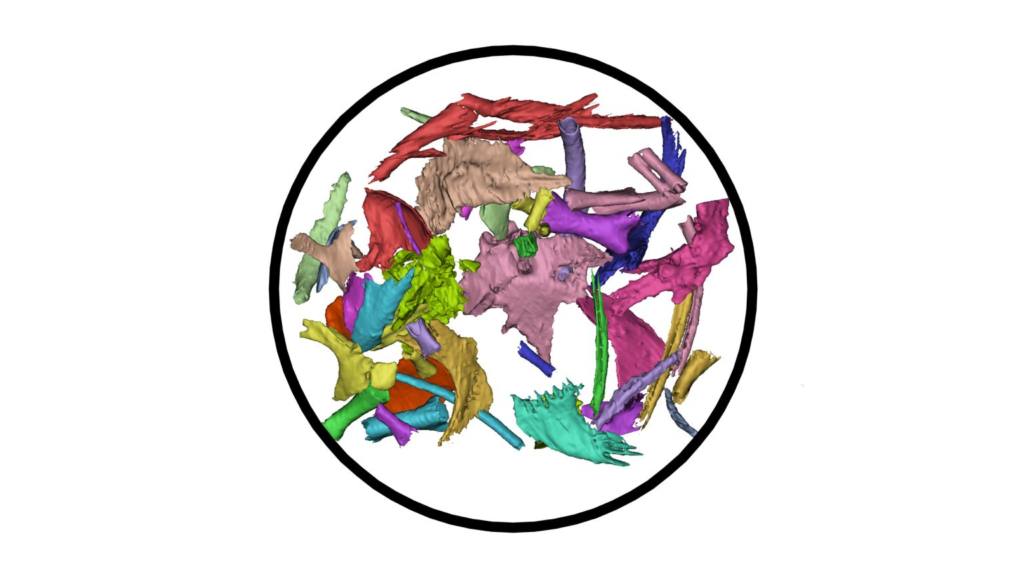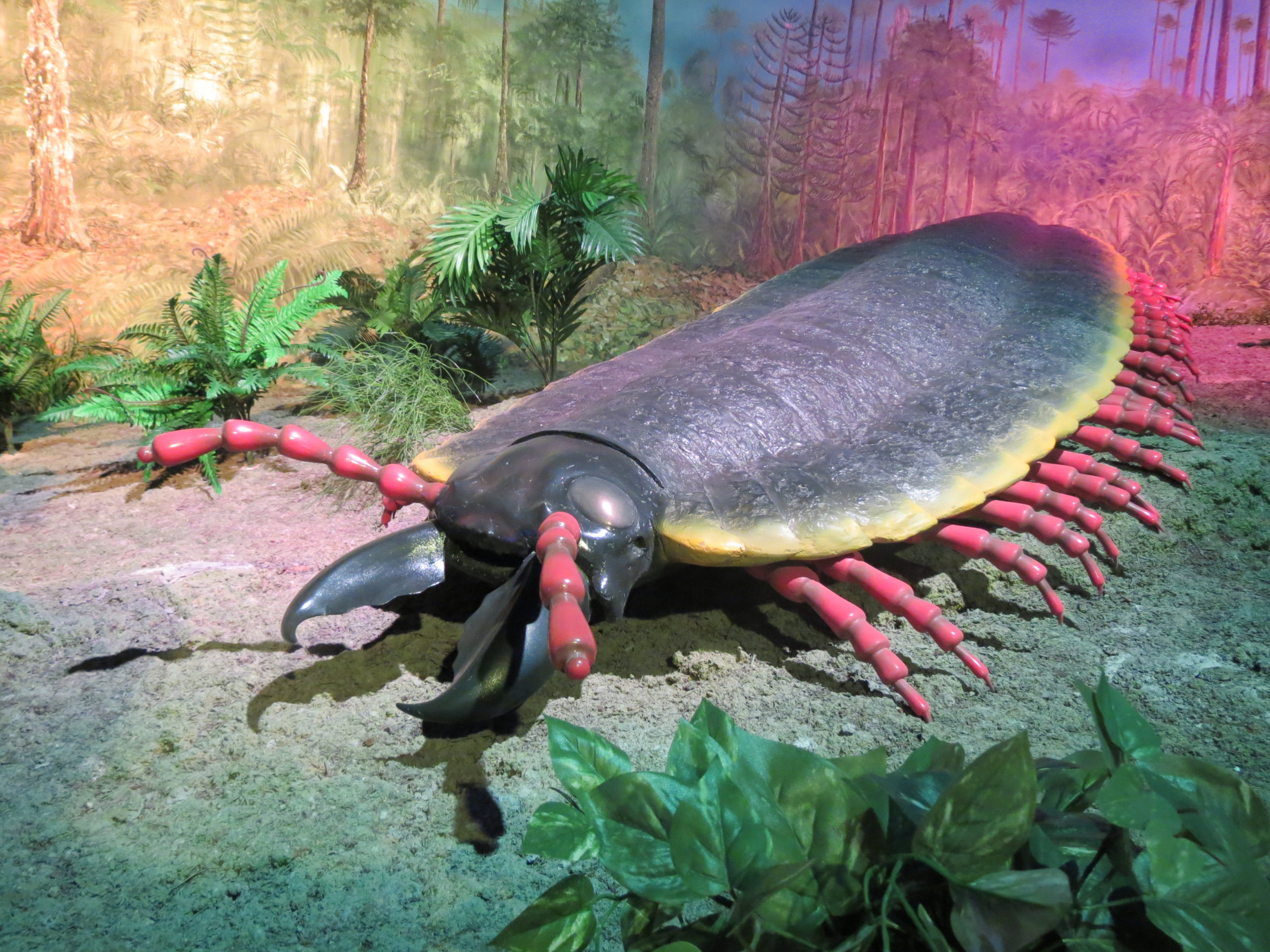It should come as no surprise that fossils, while remarkably rare in perspective, are truly one of the most beautiful items of interest to find buried underground. From their lives so many eons ago, these creatures have since laid to rest, with their bodies fossilizing over time to form beautiful remnants of what they once were: bones, shells, teeth—even skin impressions. (Read more on fossils here, when researchers found what may be the oldest evidence of life on Earth.)
Animals become seemingly frozen in time, locked in place in whatever position they were in at the time of their death. Sleeping, eating, or even in the middle of a fight: what scientists find can sometimes baffle the mind, wondering how on Earth did these creatures stay in such pristine condition for the millions of years that span between when they died and when promising scientists manage to find them embedded in the rock. This news, then, arrives as one of those quite unique points of interest in the field of paleontology: researchers studied a tennis ball-sized fossilized egg, donated to the China University of Geosciences by a farmer who found it back in 2018 in Neixiang County, China, and found something remarkable inside: an intact turtle embryo. The results of the study were published in the journal Proceedings of the Royal Society B: Biological Sciences.
What makes the news so surprising is the fact that turtle eggs, compared to dinosaur eggs, are smaller and more fragile; it’s thus more difficult for these eggs to fossilize compared to their bigger reptilian counterparts. The fact that the turtle embryo is still inside it is also striking, given how fragile the contents of an egg usually are. All these tiny surprises come as no surprise anymore, then, when considering that the turtle egg in question is 5.4 by 5.9 cm in size (2.1 to 2.3 in), making it larger than the eggs of most turtles alive today. The eggshell is also around 1.8 mm (0.07 in) thick, making it four times thicker than an average chicken eggshell.
The species in question, Yuchelys nanyangensis, of the now-extinct turtle family Nanhsiungchelyidae, went extinct by the end of the Cretaceous period some 66 million years ago. (The period was famously footnoted by the asteroid impact theorized to have landed in the Yucatán Peninsula, in what is today South America; it took all nonavian dinosaurs and around 70% of all then-living creatures with it.) Fossils of other Nanhsiungchelyids from places like North America and Asia had turtle fossils with very flat shells, and lived what appeared to be entirely terrestrial lives—meaning they only lived on land.
Using an equation that uses egg size to predict the length of the shell of the turtle that laid it, the researchers computed that the carapace of the mother turtle must have been around 1.6 m (5.3 ft) long; this measurement doesn’t take head size and neck length, so this turtle could have easily been as long as an average human is tall.
The fossilized eggshell must have allowed water through its structure, meaning the mother turtle must have laid its eggs in deep, moist soil, away from the dry and arid winds of central China during the Cretaceous period. (Some modern-day turtle relatives still bury their eggs to this day; this is why tourists are often asked to exercise caution when walking around beaches known to be sea turtle nesting grounds for some portions of the year.)
However, the adaptations that Y. nanyangensis used to go about its Cretaceous lifestyle—thick eggshell and underground nesting, among possible others—may have also contributed to its downfall; the sudden change in climate after the asteroid impact might have left the turtles unequipped to adapt to it, according to study co-author Darla Zelenitsky, associate professor of paleobiology at the University of Calgary in Canada.
Using micro-CT scanning to compare it to a distantly-related turtle species, the researchers determined the turtle embryo to be around 85% complete. Also, part of its eggshell was broken, so the researchers think the baby turtle actually tried to hatch, but failed. Other scientists regard this use of “virtual 3D analysis” as special, since it led to the specimen’s species diagnosis, according to Walter Joyce, professor at the University of Fribourg in Switzerland, who’s not a part of the study.
Joyce also mentioned that the results of the study helped to illustrate the lives of Nanhsiungchelyid turtles, showing that not only were they terrestrial creatures, but they also employed special adaptations to survive in harsh conditions, such as nesting in deep, moist soil, and birthing eggs with thick eggshells.
Bibliography
- Geggel, L. (2021, August 18). Rare embryo from dinosaur age was laid by human-size turtle. LiveScience. Retrieved September 8, 2021, from https://www.livescience.com/rare-turtle-embryo-from-dinosaur-age.html
- Wei-Haas, M. (2021, August 18). Fossilized egg from prehistoric giant turtle reveals baby inside. National Geographic. Retrieved September 8, 2021, from https://www.nationalgeographic.com/science/article/fossilized-egg-from-prehistoric-giant-turtle-reveals-baby-inside
- Ke, Y., Wu, R., Zelenitsky, D. K., Brinkman, D., Hu, J., Zhang, S., Jiang, H., & Han, F. (2021). A large and unusually thick-shelled turtle egg with embryonic remains from the Upper Cretaceous of China. Proceedings of the Royal Society B: Biological Sciences, 288(1957), 20211239. https://doi.org/10.1098/rspb.2021.1239












